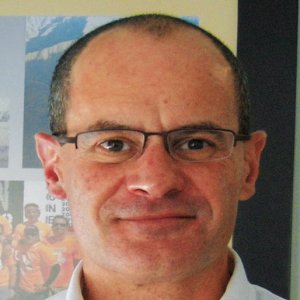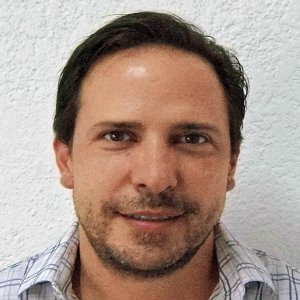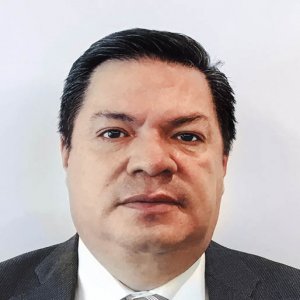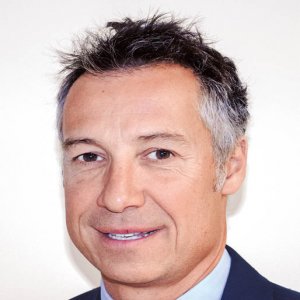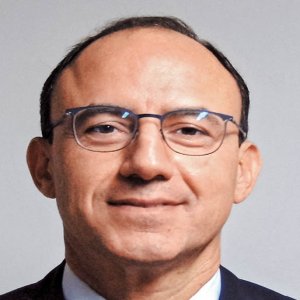Change Behavior to Bring Down Health Spend

STORY INLINE POST
Q: How does Oriundo operate and what advantages does it provide?
A: Oriundo’s strength is its local knowledge, so we recruited independent consultants and specialists in their markets: Argentina, Chile, Colombia, Peru and Brazil. We are all independent operators, which is a different structure from other consultancies. Other firms offer similar services in Mexico, but we are the only one that covers Latin America. We have also been doing it for much longer and some of our associates were previously clients. Market entry strategies for new players into the region have been our foremost activity.
Q: Which countries or regions will Oriundo reach out to next?
A: We had someone working in Central America but that position is currently open, so we should put someone there. We believe that targeted search is the way forward, helping our clients renew their portfolios. We can access new and hard-to-find R&D and bring it to Latin America. Through our associates in Europe, we learned that the University of Barcelona had discovered a new process that employed nanotechnology to overcome problems related to skin and aging. The university has a development laboratory but no commercial activity, so we brought the technology to Mexico for a Mexican partner and the technology is doing very well. In Madrid, we discovered another therapy related to derma.
Q: To what extent are Mexican universities producing possible opportunities?
A: We have been working on a big project for a Mexican laboratory that is very small but has important nanotechnology used to prevent nosocomial infections. This has to be done on a global basis. There are patents registered and the UK was the first to issue. However, this is an exception. There is no reason why Mexican universities should not be thinking along these lines. The universities of Nottingham and Manchester, for example, have a person or department devoted to building on this technology, on how to capitalize on it. In fact, the people working on this in the UK are mostly Mexican.
Q: When looking at Mexico’s health sector, what impact would a medical savings-plan model have?
A: Mexico has a similar structure for pension plans, so-called AFOREs, in which there are individual savings accounts. Applying that to the health system would pass the locus of control to the patient to change his behavior. The plan builds up savings that can be passed onto children, just like a pension plan, which reinforces good behavior and eliminates the perverse incentives that exist in the system. IMSS and ISSSTE have the required technology in the form of AFOREs, which would be applied to healthcare. A single payer, which is what could happen with the Seguro Popular, would be even easier. Behavioral change is the key to reducing the colossal burden of obesity and diabetes, the leading cause of disease and healthcare spending, so a plan that engages the patient, guided by his family doctor, and motivates a positive change of lifestyle habits would be the most logical and affordable solution. There is no better way to get better health for less spending. Medical technology advances are a big help but lifestyle changes show a better long-term ROI.
Q: To what extent would the unification of the various health institutes be a necessary first step?
A: It would not be necessary because if the patient decides on where best to spend his money, competition would decide where he goes. This medical savings plan would be a single fund managed by the patient who is advised by his doctor. One of the biggest problems with the IMSS and ISSSTE is that they are payers and providers, so the money does not flow to the most efficient provider. There is no bigger perverse incentive than the payer and provider being the same.
Q: How viable is the prospect for change in Mexico’s healthcare system?
A: Healthcare leaders say that the aging population, obesity and diabetes are making it difficult for the public sector to cover health costs. In Mexico, unlike European countries, healthcare is not a vote-getter because it is low on the political agenda. Hardly a single politician in Mexico will run on a healthcare platform unless they are talking about free healthcare for everyone, a promise that would be difficult to keep. What is different is the person of Mikel Arriola, Director General of the IMSS, who is a great paradigm buster. Alongside Minister Narro, he is probably the only one that could bring about change.
Q: COFEPRIS is recognized outside Mexico. How much of an advantage does this present?
A: This is a positive step. Mexico is ahead in terms of recognition, not just by Latin America but also by the WHO, the FDA, the EMA and others. Mexico is also the only country in Latin America in which generics meet global standards, giving it a huge competitive edge. Mexico is the best beachhead for Latin America, from a technology and regulatory standpoint and the harmonization of regulations with other countries has been occurring slowly over the past 30-40 years. Things take time because there are vested interests but Mexico has the best regulatory environment and it is recognized all down the Pacific Coast. Even Argentina is considering recognizing COFEPRIS.
Q: Many Indian generics companies have entered Mexico. What is the key to succeeding here?
A: India has been trying to enter the Latin American market for a while, but it took about a decade to understand that a price-cutting basis for competition does not work here. To have a competitive advantage in the generics business, you must be able to respond to rapid shifts in demand and IMSS has decentralized buying. Indian companies have changed their model and are entering the market with differentiated products. Those that are making it here are those developing supergenerics or that have products from their own research. Outsiders, no matter their country of origin, cannot enter the market on the basis of price alone. Those with no local presence, no understanding of the local market and no local production will not make it because Mexico has generics that meet global standards.
Q: How are the Big Pharma companies competing with this influx of high-quality generics?
A: Generally speaking, global players try to differentiate on the basis of their R&D portfolio, competing for new therapeutic areas and doing it better than others. One thing to bear in mind is how the market dynamic has been impacted by the supermarket and pharmacy chains. The fastest growing sector in Mexico is the private-label business, of which the largest manufacturer worldwide is Perrigo. That, combined with the trend of having doctors’ consultancies in pharmacies, so-called “doc-ina-box” programs, are the factors boosting the privatelabel sector. Given these factors, companies must have local operations to be able to negotiate and respond. All this is very healthy and is bringing down the Mexican wholesalers that dominated the market for so many years.The monopsony has been broken and the Mexican market is becoming a much healthier market.
Q: What is your advice for clients that compete against these private labels?
A: Most pharmaceutical manufacturers have moved this way and those supplying to pharmacies have cut out wholesalers, which is why prices are lower. Pharmaceutical manufacturers that want doctors in pharmacies to prescribe their products need to make sure they sell to that chain. Some will exclude you and there are special distributors to help you get into independent pharmacies. It means re-orientating the business model, not implementing new technology. The doc-in-a-box model is important to underline. It is generally criticized but it has been a wonderful thing. In the past, patients would go to a pharmacy and self-diagnose, buying products that had worked in the past. Now, the patient can go see a doctor for MX$30 (US$1.6) or even for free and receive a diagnosis and the right medicine for that condition. In the pharmacy chain next door, he buys the medicine. These doctors in pharmacies, around 25,000 of them, have been a great revolution. They are well-trained and they write as many prescriptions as the IMSS does, which represents savings for the public institutions. Previously, Mexico was an unusual market in that it had products that had been on the market for over 50 years, which patients bought because they had done so in the past and did not want to pay for a prescription. These old-faithful brands are on the decline.
Q: To what extent does this happen in other countries?
A: It is not unique to Mexico, although the country still has the highest rate of out-of-pocket expenditure. India is the only other country that sees such high rates. In Brazil, there is now a large pharmacy chain that is emerging but Argentina is much more fragmented. The major shifts in Latin America have been on the basis of intermediaries.
